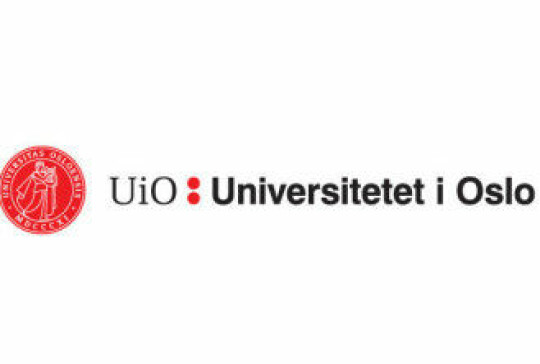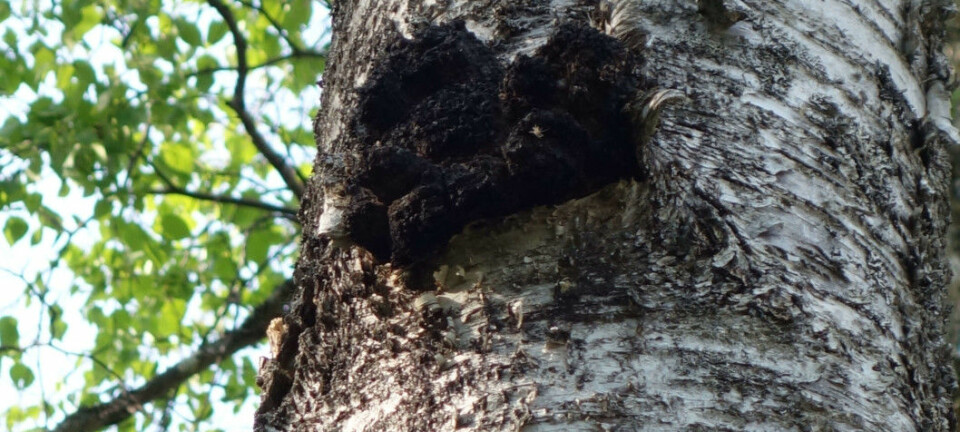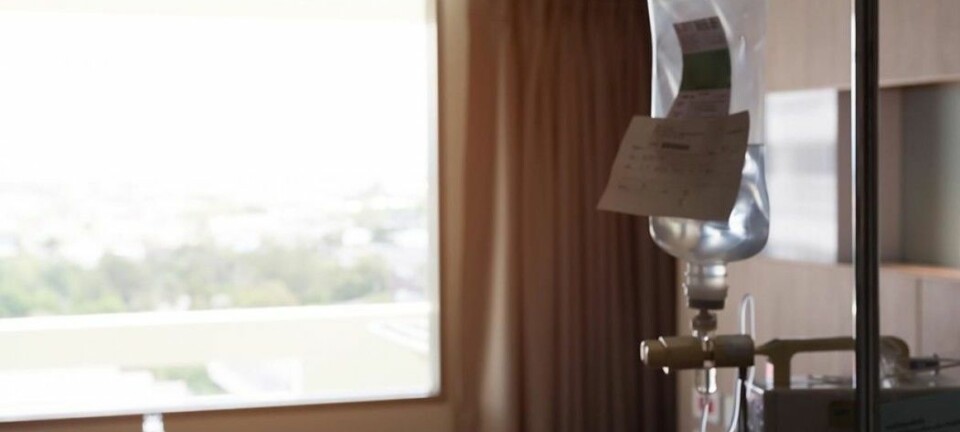This article is produced and financed by University of Oslo - read more
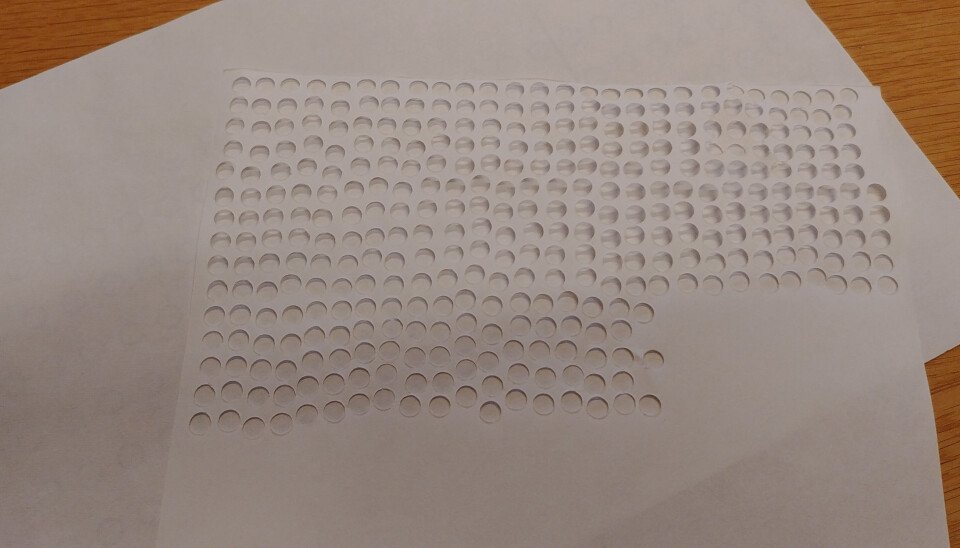
Blood samples on paper, taken by patients at home, can be processed en route to the lab
Blood samples can be provided on paper by patients at home. Recent developments by researchers in Oslo now enables blood sample processing whilst in the mail on the way to the diagnostics lab.
The new approach constitutes a modern take on an old technique. Patients can provide the samples themselves at home by spotting small volumes of blood onto paper. The processing of the dried blood begins almost immediately, and continues whilst the sample travels in the mail to a laboratory for analysis.
Once paper-based samples arrive at the lab, they are typically analysed by mass spectrometry, which allows the detection of specific proteins that are used as markers for diseases (e.g. cancer) or for doping tests. This approach has been used in diagnostics for many years, and usually requires extensive processing of the dried blood after the sample arrives at the lab.
Strings of pearls
Professors Leon Reubsaet and Trine Grønhaug Halvorsen are based at the Department of Pharmacy at the University of Oslo and members of the National network of Advanced Proteomics Infrastructure (NAPI). They are trying to start the paper-based sample processing earlier, before the samples arrive at the lab, meaning time and effort are saved and diagnostic results are produced much more quickly.
Professor Reubsaet explains:
“Analysing dried blood samples for small molecules with mass spectrometry (MS) is a simple routine process. Large molecules such as protein, on the other hand, require a longer and more time-consuming process, what we call sample preparation”.
Protein molecules are like long strings of pearls, where each individual pearl is an amino acid. Before researchers can perform mass spectrometric analysis to detect certain proteins, they must use an enzyme to break down the protein into peptides (shorter string of pearls, typically 7–15).
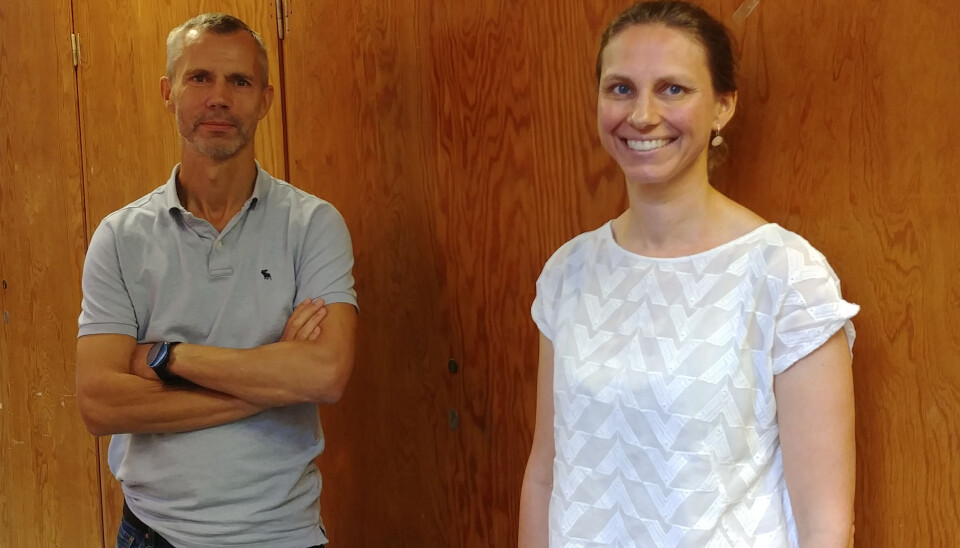
Several thousand proteins
The enzyme acts as a pair of scissors that cuts – or ‘digests’ – the string of pearls into shorter pieces, which are more convenient for MS analysis than the larger intact proteins. This often requires long incubation periods – at least several hours.
This enzyme digestion is not the only time-consuming step in the sample preparation and protein detection process, as Professor Halvorsen explains:
“Samples that are produced by people at home give much less blood than samples that are taken by professionals. Only a small drop is squeezed out. Also, the proteins we are looking for usually represent only a tiny portion of the several thousand proteins in a blood sample”.
Lab protocol
This major challenge for diagnostics can be overcome with the help of antibodies. Professor Halvorsen continues:
“It would be like looking for a needle in a haystack, if not for selective antibodies. We use an antibody to bind with high specificity to the desired protein, and then we wash away the rest. The resulting sample is highly enriched for our target protein, which is consequently easier to detect by MS”.
So how to fix these lengthy sample preparation problems? Reubsaet and Halvorsen wondered if it would be possible to take the digestion and enrichment steps out of the lab protocol entirely.
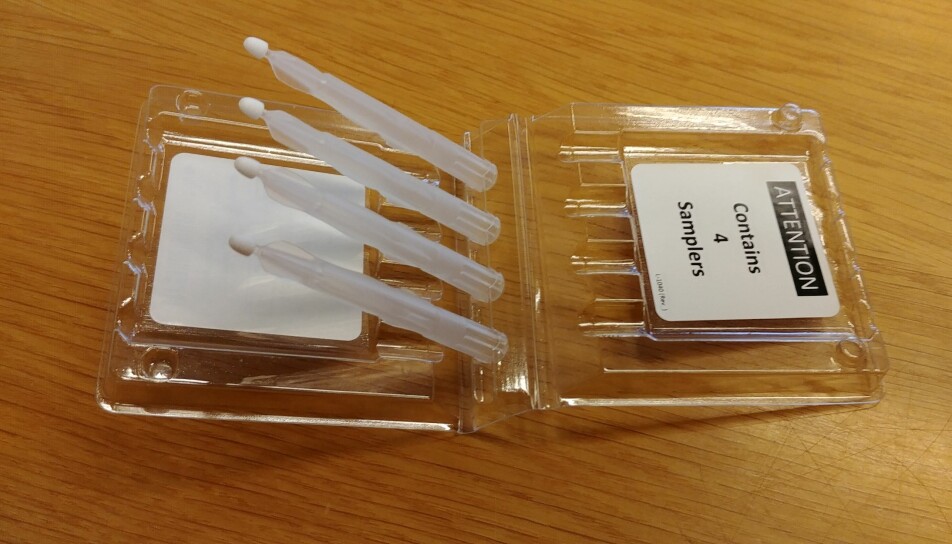
Enzymes or antibodies
“We realised we could ally ourselves with the paper the samples were taken on. By attaching enzyme or antibody to the paper, the sample preparation can start almost before the patient puts the sample in an envelope for posting”, Reubsaet explains.
“With a mail delivery time of 24 hours, we save almost the same amount in laboratory time”.
For now, it is only possible to attach either enzyme or antibody to the paper, but the researchers are currently working to find solutions where both components can be used on the same paper.
The time-saving nature of this approach is not the only benefit, as Professor Halvorsen explains:
Alerted by scientific articles
“One major benefit is that the method is so cheap. We start with ordinary filter paper that costs approximately ten Norwegian kroner (~$1) per sheet and is sufficient for several hundred samples. In principle, we could actually have used a coffee filter”.
The costs for enzyme and antibodies are also relatively low, meaning the sample used by each patient costs no more than approximately 1–2 kroner.
The method has already attracted commercial interest. Alerted by the researchers’ scientific articles, a manufacturer of sampling equipment has been in touch, and future collaboration here may lead to further development of the method.
“This manufacturer produces equipment for a sampling method called VAMS, where tiny sponges that absorb a specific sample volume are used to collect blood from the finger. The advantage here is that each sample will have identical volume,” Halvorsen explains.
Anywhere in the world
Professor Reubsaet is excited about the possibilities of the lab-on-paper technique:
“This could be of huge benefit to those living in less-populated regions. Living in Oslo, it is relatively easy to have a blood sample taken in a laboratory – but the nearest diagnostic facilities can be much further away if you live in Innlandet county or the middle of Finnmark and Troms in the North. It is much easier to reach the nearest mailbox”
And the potential applications do not stop there. Professor Reubsaet concludes:
“With blood tests on paper, diagnostic labs can potentially conduct clinical studies on samples collected from anywhere in the world. This can be of great benefit for countries with limited diagnostics infrastructure”.
Reference:
Skjærvø, Øystein: Paper–based smart sampling for bottom–up protein analysis. Doctoral dissertation, UiO 2020







